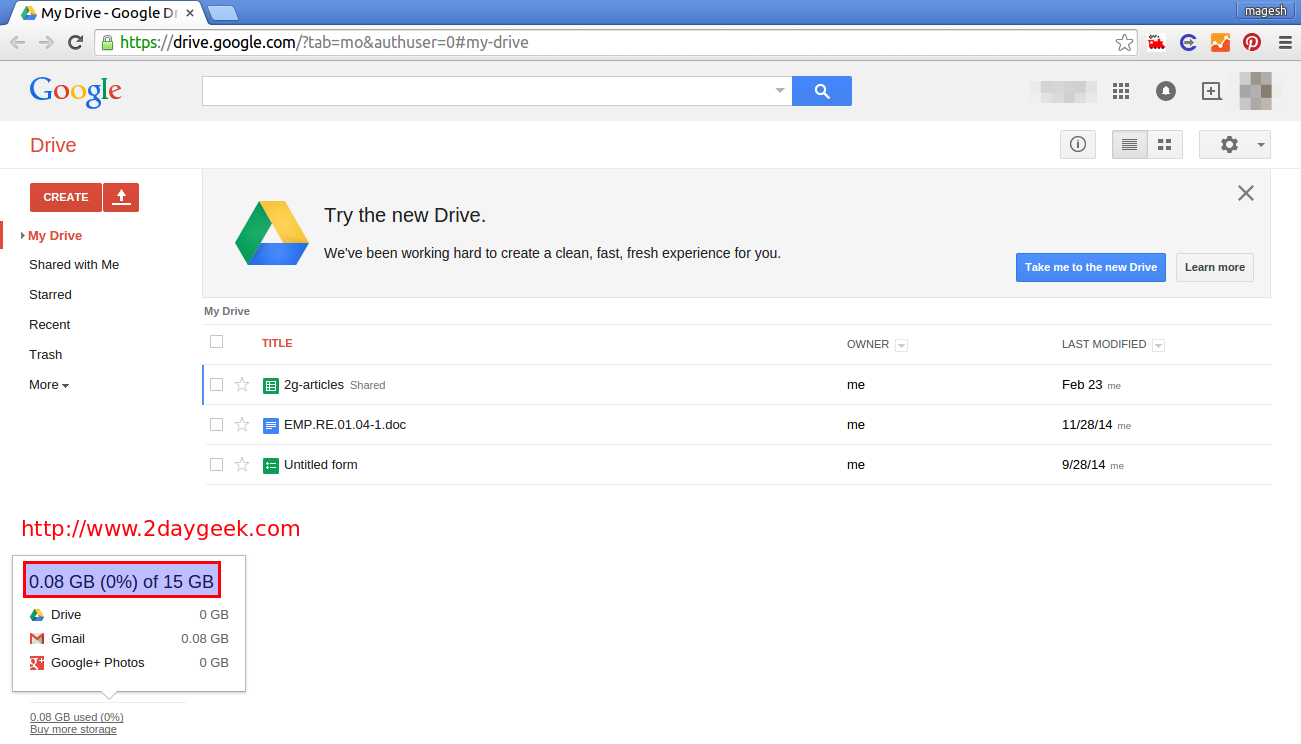
- #Free cloud storage for pictures for free
- #Free cloud storage for pictures how to
- #Free cloud storage for pictures Pc
- #Free cloud storage for pictures download
Drag and drop the important files from your computer onto these drives before storing them in a safe place.

If you don't have a lot of files, pick up one or two inexpensive USB thumb drives (aka “jump drives,” “flash drives” or “USB sticks”) or SD memory cards – with, say, 16 or 32 gigabytes. Remember, you’ll need an internet connection to access your files. You’re essentially renting space.Īpple’s iCloud+, for example, costs $0.99/month for 50GB, $2.99/month for 200GB and $9.99/month for 2TB. This can add up, and once you stop paying, you’re without your own files.
#Free cloud storage for pictures for free
Though certainly convenient, cloud services give you only a few gigabytes for free therefore, you’re left with paying a monthly subscription for a company to store your files.
#Free cloud storage for pictures how to
THE RIGHT STORAGE: Apple, Google or Microsoft? How to match cloud storage to your computers – and cut costs The cloud can reduce congestion in someone’s inbox, as opposed to, say, trying to email a 25MB attachment.
#Free cloud storage for pictures download
Most cloud services have free apps that make it easy to download or upload files from your mobile device. You can securely access all your backed-up stuff from virtually any internet-connected computer, tablet or smartphone anywhere in the world. Cloud backupīecause your files are stored offsite, cloud services – such as Apple’s iCloud, Microsoft’s OneDrive, Google Drive, Dropbox or Amazon Photos – can protect your data from threats. They’re shock- and vibration-resistant and drop-resistant up to 6.5 feet.
#Free cloud storage for pictures Pc
Connect it to a PC or Mac via USB 3.0, for data transfer speeds up to 1,050MB/second. Recommended: My Passport SSD from WD starts at $105 for 500 GB and goes up to 4TB ($449). SSDs tend to cost more than a hard drive yet don’t hold as many files. SSDs are more durable and less prone to damage than HDDs, which is key if you’re on the go, such as on vacation, when you back up your captured images. Solid-state drives are much smaller and lighter and don’t require as much power, which translates to better battery life on a laptop between charges.

Part of this reason is the fact SSDs do not have any moving parts, opposed to spinning magnetic platters inside hard drives.īecause SSDs have no moving parts, they’re much quieter to run than a hard drive. Solid-state drive (SSD)Ī solid-state drive (SSD) offers several benefits over a hard drive.įor one, SSDs are much faster when saving information to the drive, as well as accessing data from it. Why? In the event of a fire or flood, the backups could be destroyed along with the original. Hard drives are great for large files, but they’re not as fast as solid-state drives (see below), and they could die over time, so it’s key to have duplicates or triplicates of these external drives – and keep them somewhere other than near your PC. Some drives are called NAS (network attached storage), which plug into your router or modem or join via Wi-Fi, kind of like your own private cloud. Others are “desktop” drives, which are meant for stationary use and require an AC outlet. Some are “portable” drives, such as the above-mentioned models, which means they’re smaller and draw power from the computer’s USB port. That’s a lot of bang for the buck, from big names in this space.Īn external hard drive is ideal for media such as videos, which can be huge files. Pick up a 2 terabyte (2TB) external drive (roughly 2,000 gigabytes) for as low as $59 for the WD Easystore or the Seagate Portable. If you have a lot of files, an external hard disc drive (HDD) is for you. We have many affordable ways to do it, and you don’t need a degree in computer engineering to pull it off.įocusing on laptops and desktops, the following are five solutions and the pros and cons for each. OKTA HACK: Okta denies data breach after hackers claim they gained access to internal information PHONE POWER: Why you shouldn't close idle apps and other ways to save your phone's data and battery What better time than World Backup Day, March 31, to safeguard your files? You know the adage: You don’t know what you got until it’s gone. It could be particularly distressing to lose years’ worth of irreplaceable photos and home movies, or work-related documents. Not only does backing up allow you to free space on, say, a laptop or tablet you’re also protecting these files from threats such as a nasty virus, damaging power surge, theft, fire or flood, and so on. How are you backing up all your important files?

Now that your world has become increasingly digitalized – from photos and videos to music and podcasts to videogames and ebooks – it’s no surprise you’re running out of storage on your devices.


 0 kommentar(er)
0 kommentar(er)
